Map the Invisible Plastic Crisis
Microplastics infiltrate every ecosystem- from Arctic snow to the Mariana Trench. So basically it's in the Food we Eat, Water we Drink and Air we breath God.! it's even in our Blood & Brains, Precise global data is paramount to understanding and combating this pervasive threat. Hydro Carbon Labs is building the definitive Micro Nano Plastic Pollution intelligence platform.
Every Life is worth Saving, and we request you to Join us.

Micro Nano Plastic fragments permeate global ecosystems. Precise quantification isn't just research—it's critical environmental intelligence needed for targeted action.
An Unfolding Planetary Emergency
The Alarming Data Demanding Action
- Daily Deluge: Everyday Approx. 2,000 garbage trucks of plastic are dumped into the world's oceans, rivers, and lakes.(UNEP )
- Plastic Over Fish: Plastic may outweigh fish by 2050. Micro Nano Plastic already vastly outnumber marine life in many areas. Millions of creatures suffer entanglement, ingestion, and starvation.(EMAF)
- Ghost Gear Nightmare: Lost & abandoned fishing gear ("ghost nets") indiscriminately traps whales, dolphins, turtles, and seabirds for decades, a silent, floating death trap.
- Internal Invasion: Micro Nano Plastic detected in human placentas, blood, lungs, brains. The insidious invasion poses unknown long-term health risks.(UNM, NCBI)
- Toxic Legacy: Over 7 billion tonnes of plastic waste exist, ceaselessly degrading into Micro Nano Plastic, fueling potentially irreversible ecological damage.(UNFCC/UNEP )
- Beyond Surface Level: Micro Nano Plastic found in the deepest trenches (Mariana) and remote Arctic snow. Nowhere is safe from this pervasive contamination.(Nature)
- Consumption Reality: Average person ingests ~5g of plastic weekly (a credit card's worth), mainly via water/food. (WWF)
- Ecosystem Cascade: Micro Nano Plastic Pollutions impair algal photosynthesis, zooplankton reproduction, and soil health, triggering cascading ecological failures from the base of the food web upwards.(Science)
This is not a future problem. It's a clear and present danger demanding immediate, data-informed global intervention. We cannot ignore the suffering any longer.
A Silent Cry Across Ecosystems
"The images speak for themselves. We share this planet, yet our waste infiltrates every corner, causing unimaginable suffering. We have failed our fellow creatures. This cannot continue."
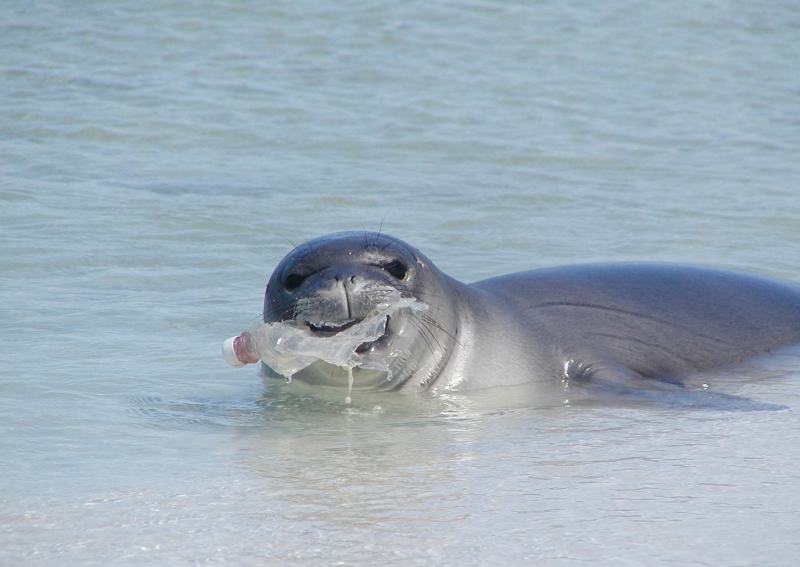
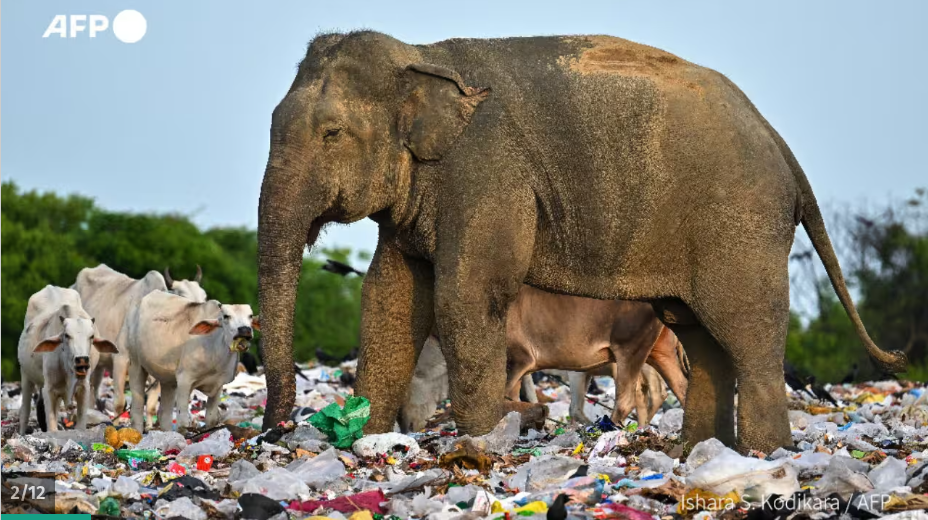

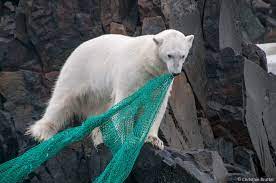
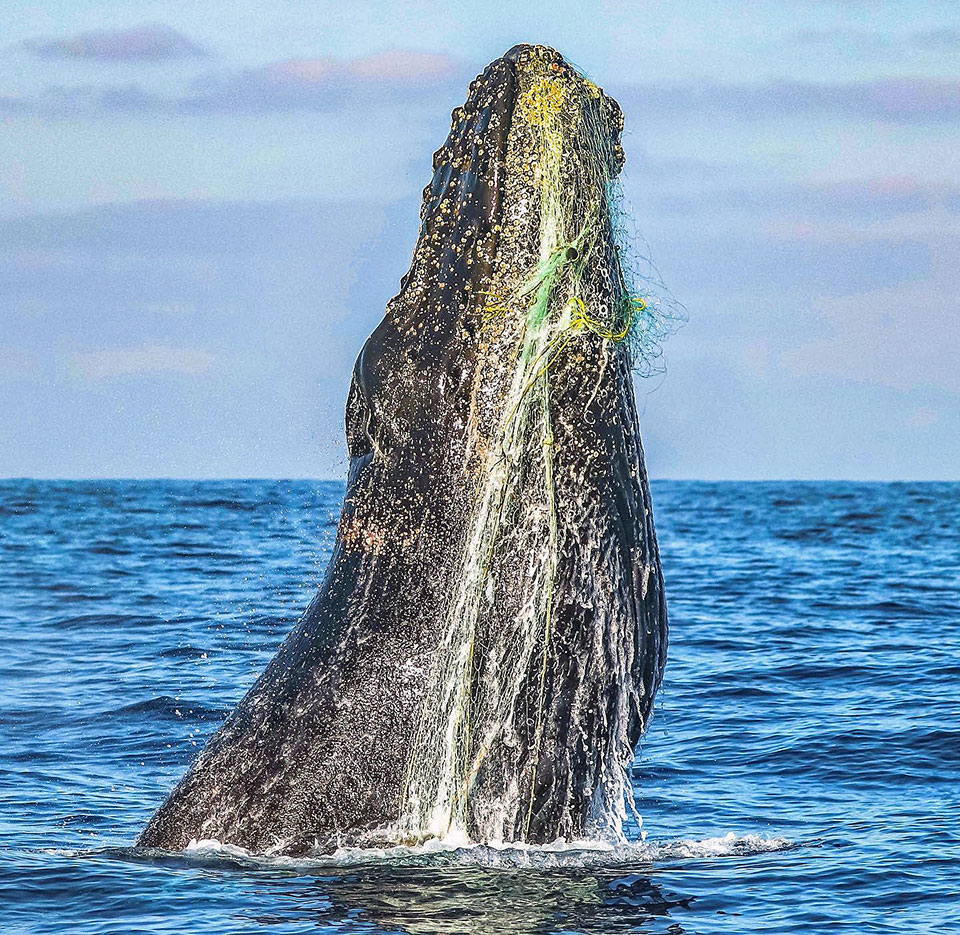


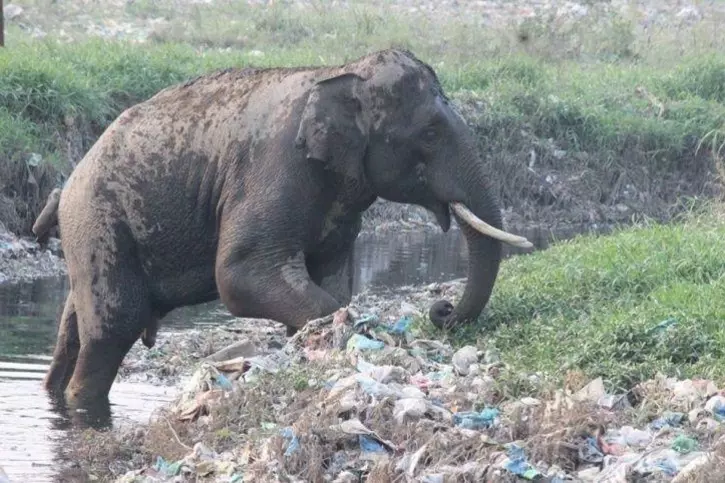
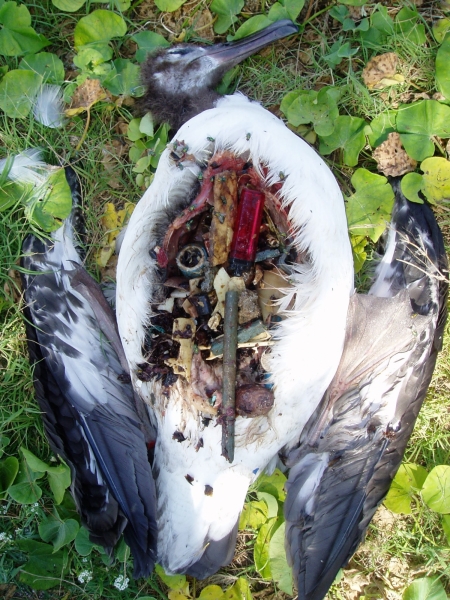
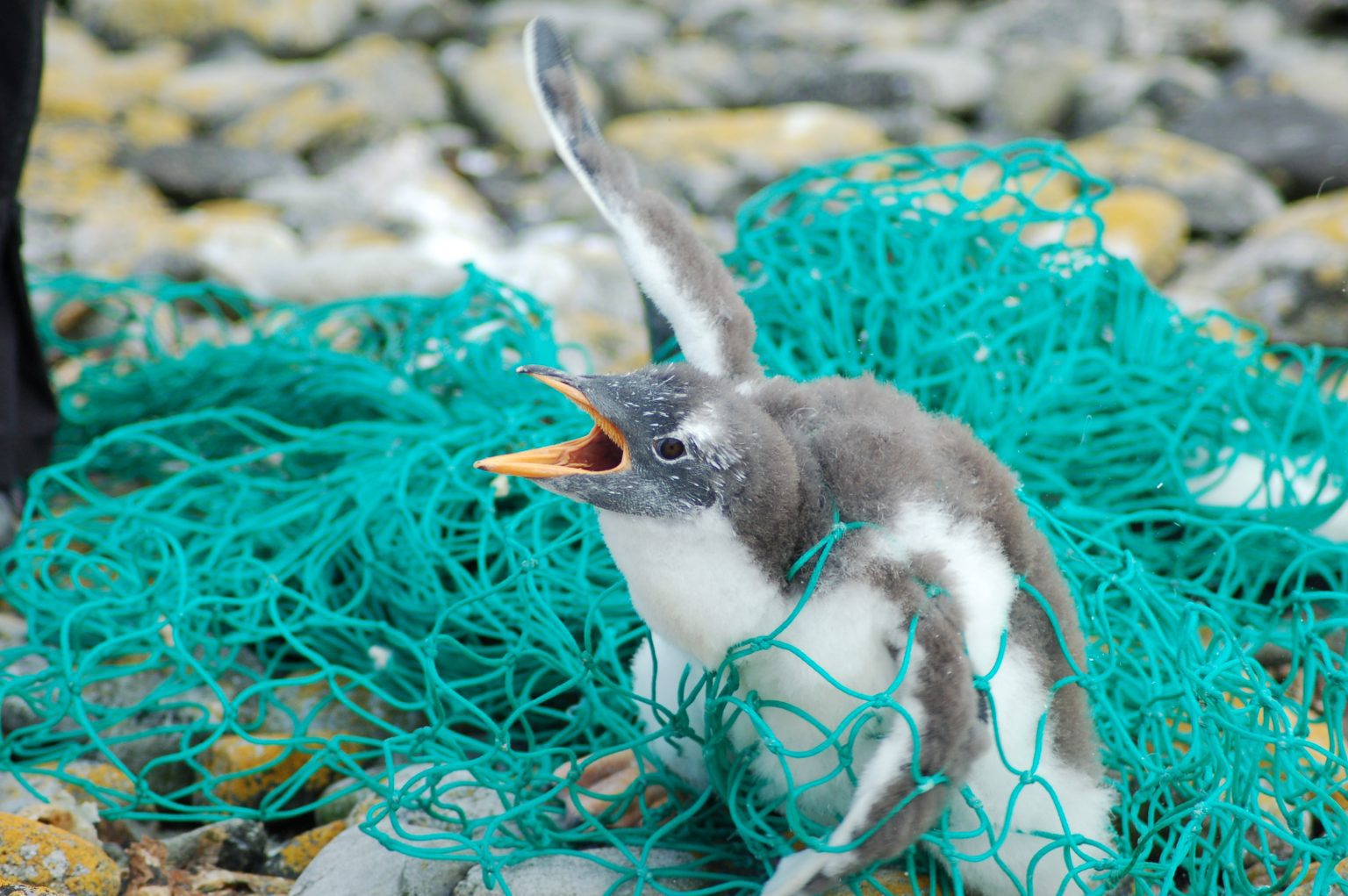

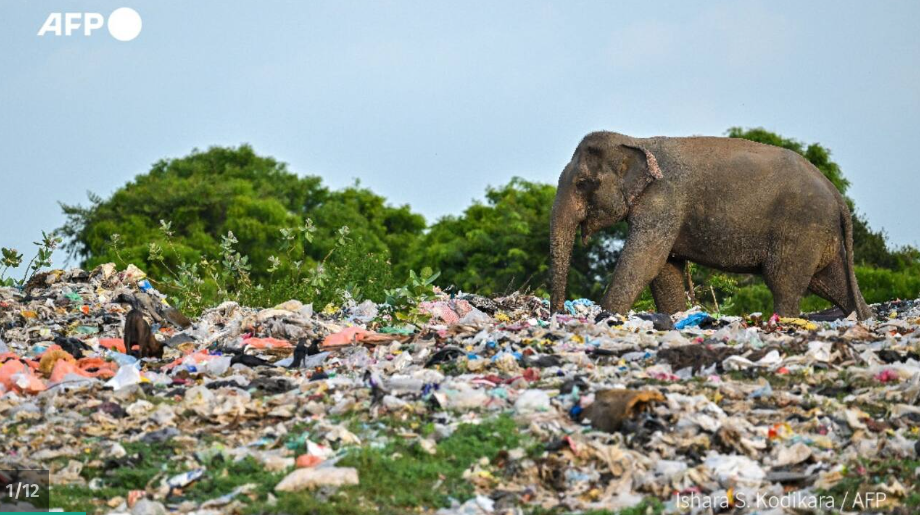

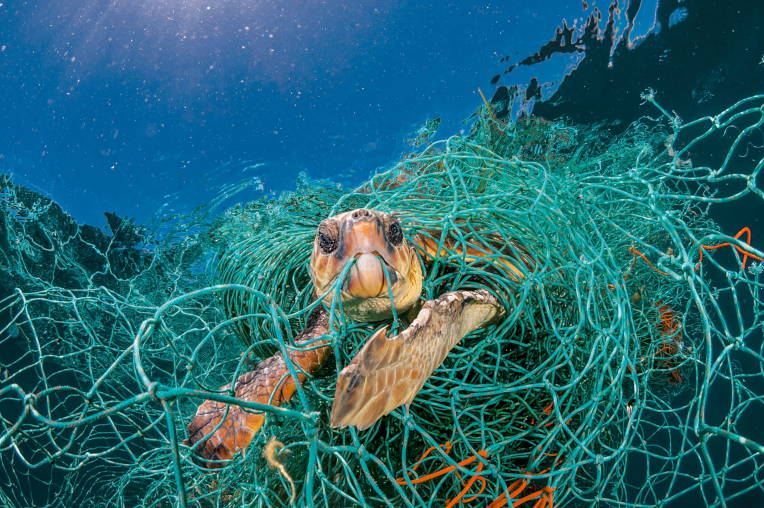
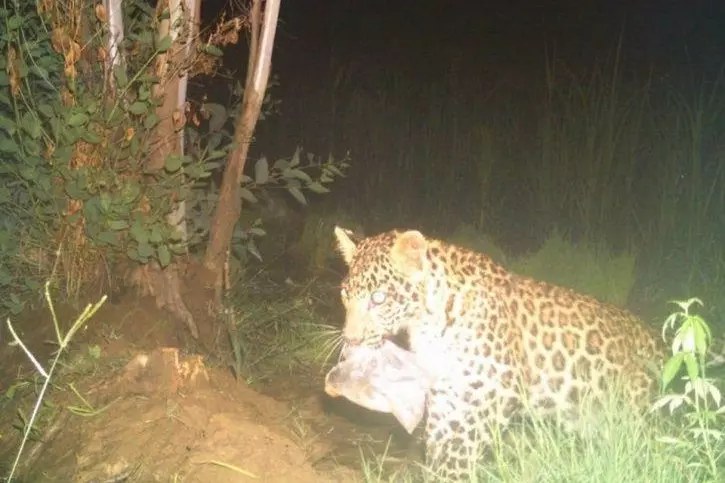
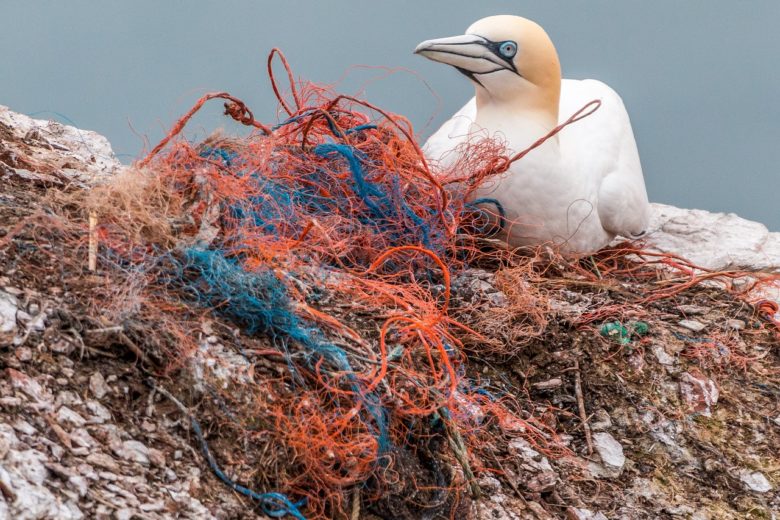
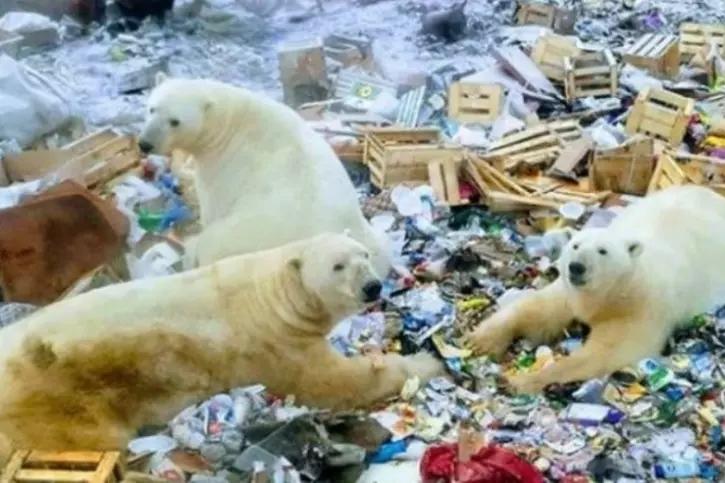
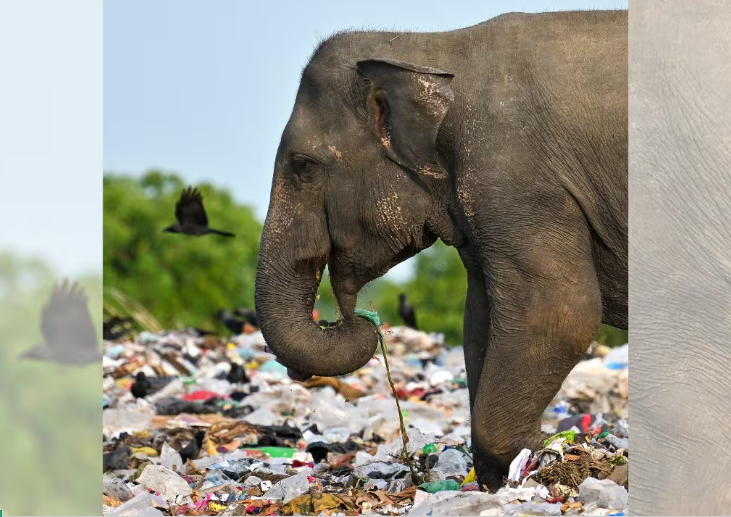
The scale is staggering, the impact heartbreaking across land and sea. Accurate data is the first step towards understanding the scope, identifying sources, and driving meaningful change.
Defeating the Invisible Enemy: How Data Lights the Way
The Micro Nano Plastic Pollution crisis is a war against a pervasive, unseen enemy. Comprehensive data is our most powerful weapon—the essential intelligence needed to strategize, act, and measure impact effectively. Without knowing *where*, *what*, and *how much*, solutions remain shots in the dark.
Health Risk Assessment
Linking Micro Nano Plastic Pollutions to health impacts requires precise concentration data. Our work enables toxicologists to define exposure thresholds for human and ecosystem well-being.
Source Attribution
Spectroscopic fingerprints can help trace Micro Nano Plastic Pollutions to origins—industries, products, locations— driving accountability and targeted reduction strategies.
Policy Impact Measurement
Baseline and ongoing data are vital to evaluate regulations (like plastic bans). We provide the feedback loop for evidence-based environmental policy.
Predictive Modeling
Integrating Micro Nano Plastic Pollution data with environmental models allows prediction of transport, accumulation zones, and ecosystem exposure—forecasting 'plastic tides'.
"To understand the enemy is to defeat the enemy. Comprehensive data on microplastic distribution, behavior, and impact isn't just scientific curiosity—it's the foundation for every effective solution we'll build. We provide the map; others must navigate the course to cleanup."- Hydro Carbon Labs
The Detection Challenge: Needles in a Global Haystack
Tracking invisible particles across Earth's vast waters presents unprecedented scientific hurdles. Conventional methods fall short; innovation in detection and analysis is non-negotiable.
Invisibility Barrier
Most Micro Nano Plastics are microscopic; nanoplastics (<1μm) defy conventional observation, demanding advanced spectroscopy (like SERS & FTIR) for reliable detection.
Extreme Heterogeneity
Micro Nano Plastics vary immensely (polymer type, size, shape, degradation state, additives). A single water sample can contain thousands of unique particle types, complicating analysis.
Complex Sample Matrices
Extracting and isolating tiny plastic fragments from water rich in sediment, organic matter, and biological organisms requires meticulous, contamination-controlled lab protocols.
Vast Global Scale & Dynamics
Monitoring 71% of the planet requires coordinated, standardized sampling across immense, constantly moving oceans, rivers, and lakes – a logistical and analytical marathon.
Our integrated approach—global networks, advanced labs, and AL-ML analytics—is purpose-built to overcome these challenges and deliver the crucial quantification data needed for effective action. We measure the problem, we don't filter the water.
About Hydro Carbon Labs
We are technologists and environmental scientists united by a critical mission: providing the foundational data intelligence needed to understand and combat the global micro nano plastic catastrophe. Our expertise lies in Detection, Analysis & Prediction
Our Core Mission
Develop and deploy advanced Micro Nano Plastic Pollution detection and analysis methodologies (SERS, FTIR, AL-ML), generating high-fidelity data on plastic pollution's scope, concentration, and characteristics worldwide.
Why Data is Paramount
Confronting this crisis demands irrefutable evidence. Accurate, accessible quantification data is the bedrock for scientific understanding, effective policy, risk assessment, and tracking intervention efficacy.
Vision for Change
A future where comprehensive Micro Nano Plastic Pollution data empowers global stakeholders—researchers, policymakers, industries—to implement targeted, impactful solutions, drastically reducing plastic pollution and safeguarding planetary health.
Our Approach: Illuminating the Invisible Threat
Effective action requires robust data. We achieve this through a focused, technology-driven methodology spanning the entire data lifecycle, from sample collection to insight generation.

1. Strategic Global Sampling
Systematic, standardized sampling across diverse aquatic environments (oceans, rivers, lakes) to establish baselines and track changes over time.
- Targeted mapping of critical marine and freshwater ecosystems, including potential hotspots.
- Development and promotion of consistent, science-backed collection protocols (ISO-aligned).
- Rigorous chain-of-custody tracking and metadata management ensures data integrity and context.
- Monitoring spatial and temporal Micro Nano Plastic Pollution distribution patterns to understand transport and fate.

2. Advanced Spectroscopic Detection
Cutting-edge analytical techniques providing high sensitivity and specificity for identifying and quantifying micro and nano plastics (MNPs).
- Leveraging Surface-Enhanced Raman Spectroscopy (SERS) for ultra-sensitive detection, crucial for identifying nanoplastics (<1μm).
- Utilizing Fourier-Transform Infrared Spectroscopy (FTIR) for robust polymer identification and characterization of larger microplastics.
- Implementing standardized analysis pipelines and quality control measures (aligned with ISO 24187 guidance).
- Characterizing key Micro Nano Plastic properties: size distribution, shape/morphology, polymer type, and concentration (particles per volume).

3. AL-ML-Powered Data Interpretation
Transforming vast, complex spectral and geographical datasets into actionable intelligence using sophisticated data science and machine learning.
- Employing Machine Learning (ML) for rapid, automated spectral analysis, classification, and quantification, reducing manual effort.
- Developing algorithms for geospatial trend analysis, pattern identification, and correlation with environmental factors.
- Building predictive models (using techniques like spatial interpolation and transport modeling) to forecast potential Micro Nano Plastic Pollution accumulation zones ('hotspots').
- Exploring AI for potential source attribution by analyzing combined Micro Nano Plastic characteristics (polymer type, degradation, additives).
Integrated Workflow & Expertise
Our strength lies in seamlessly integrating environmental science, analytical chemistry, data engineering, and AL-ML on a secure, scalable cloud platform:
- Field Data Acquisition: Coordinated global sampling programs using standardized, contamination-aware protocols.
- Laboratory Analysis: State-of-the-art SERS & FTIR spectroscopy for Micro Nano Plastic identification and quantification (ISO 24187 alignment).
- Cloud Data Platform: Secure, scalable GCP infrastructure (Cloud Storage, BigQuery, Vertex AI) for data ingestion, storage, processing, and analysis.
- Insight Generation & Dissemination: AI/ML models reveal trends, predict hotspots, and deliver insights via interactive dashboards and reports (Data Portal).
Core Team
Gokul S (Founder): GCP Cloud Security Architect, managing the secure, scalable data backbone on Google Cloud.
Brindha S (Co-founder): Food Technologist & Analytical Chemist, leading spectroscopic analysis (SERS/FTIR) protocol development and validation.
Technology Stack
Google Cloud Platform (GCP): Cloud Storage, BigQuery, Vertex AI, Compute Engine, Cloud Functions.
Cloudflare: Global performance CDN, security (WAF, DDoS), reliable data portal access.
Python Ecosystem: Pandas, Scikit-learn, TensorFlow/PyTorch, Plotly/Dash for analysis and visualization.
Our Guiding Principles
- Focus on Data Intelligence: Our primary role is generating accurate, reliable Micro Nano Plastic quantification and characterization data.
- Scientific Rigor & Transparency: Commitment to validated methods, open (where feasible) protocols, QA/QC, and data integrity.
- Scalability & Accessibility: Building robust, cloud-native systems for handling growing global datasets and providing accessible insights via our Data Portal.
- Foundation for Action: Providing the essential, unbiased data needed by researchers, policymakers, NGOs, and industry to develop and evaluate effective mitigation strategies.
Connect With Us
Collaboration is key to tackling the Micro Nano Plastic Pollution crisis. Reach out to discuss research partnerships, data access requirements, contributing data, or how our intelligence platform can support your vital work.
Contact & Follow
Micro Nano Plastic Pollution Detection (SERS/FTIR), AL-ML Data Analysis, Geospatial Mapping, Data Standards
Global Sampling Coordination, Cloud Data Platform Management (GCP), Data Portal Access
Stay Updated:
Send a Direct Message
Our Initiatives: Building the Micro Nano Plastic Pollution Data Engine
Our projects focus on creating a comprehensive, globally accessible, data-driven understanding of the microplastic landscape to empower effective, targeted action by others.
Project Hydrogen
Core InitiativeGlobal Micro Nano Plastic Pollution Monitoring & Intelligence Platform
The cornerstone of our work. Project Hydrogen establishes the end-to-end, cloud-based workflow for global Micro Nano Plastic Pollution detection, standardized analysis, AL-ML-powered interpretation, and data dissemination via our interactive portal.
Key Components:
Sampling Network & Protocols
Establishing global partnerships & deploying standardized, validated sampling methodologies.
Advanced Analytical Core
Optimizing SERS/FTIR techniques, building comprehensive spectral libraries, ensuring QA/QC.
AI/ML Data Engine
Developing and training ML models for automated spectral interpretation, geospatial analysis & predictive analytics.
Global Data Portal
Rolling out and continuously enhancing an interactive platform for visualizing global Micro Nano Plastic Pollution data, trends, and insights.
Access Data PortalProject Neptune
Future ConceptData-Informed Cleanup Strategy R&D (Conceptual)
Purely conceptual R&D exploring how the high-resolution Micro Nano Plastic Pollution data generated by Project Hydrogen *could potentially* inform future, hypothetical cleanup or interception strategies developed by others.
Exploratory Areas (Theoretical):
Optimized Intervention Targeting
Investigating how real-time Micro Nano Plastic Pollution hotspot data and transport models could guide the theoretical placement of future capture systems.
Informing Capture Design
Exploring how detailed data on Micro Nano Plastic size, shape, and polymer distribution could inform the requirements for potential future capture mechanisms (purely theoretical research).
Blog & Reports
Stay informed about our latest findings, methodological advancements, data insights, and perspectives on the global Micro Nano Plastic challenge. Access technical reports and summaries from our ongoing research.
Report: Baseline Micro Nano Plastic Concentrations in the North Atlantic Gyre
Summary of findings from our initial sampling campaign in a key oceanic accumulation zone. October 26, 2024
Read ReportBlog: The Challenge of Standardizing Nanoplastic Detection via SERS
Discussing the complexities and our approach to validating SERS for reliable nanoplastic quantification across different water types. November 15, 2024
Read PostData Insight: Seasonal Micro Nano Plastic Pollution Variations in Coastal Estuaries
Preliminary analysis showing potential correlations between rainfall events and Micro Nano Plastic Pollution levels in monitored estuaries. December 5, 2024
View InsightAdvance Micro Nano Plastic Pollution Intelligence, Together
The scale of the Micro Nano Plastic Pollution crisis demands a unified global effort focused on robust data. We actively seek collaboration with research institutions, environmental organizations, government agencies, and data scientists to expand sampling networks, share validated methods, contribute data, and accelerate the generation of actionable Micro Nano Plastic Pollution intelligence.
Collaborate With Us